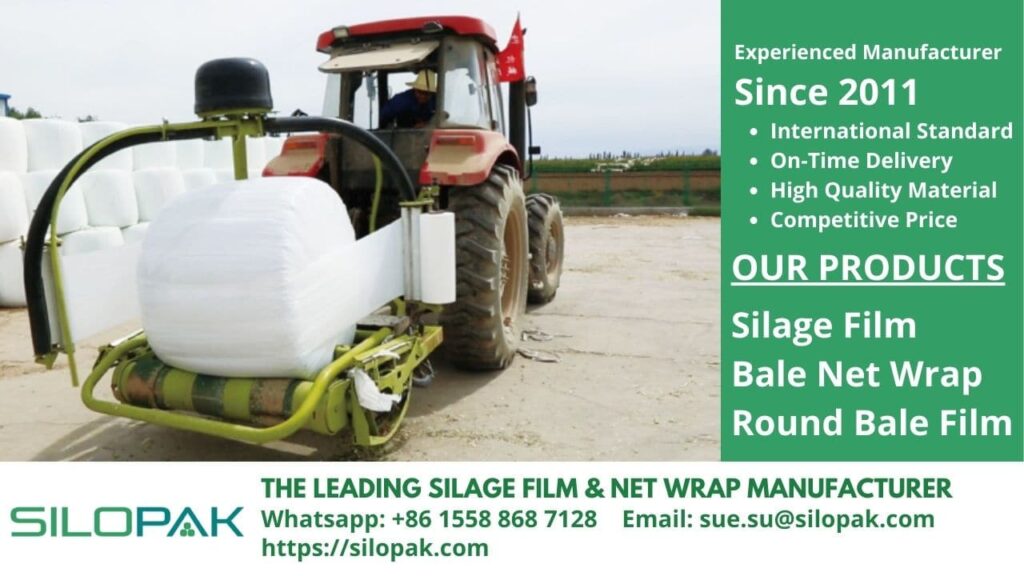
Cut and raked crops like salt marsh hay, flax straw, cotton, silage, or hay are processed through a machine called a baler to compress them. The machine forms a compact bale following said compression, and this allows farmers to store, transport, and handle it conveniently. Bales are then stacked in a configuration that makes for smooth draining of water content while at the same time preserving the nutritional values of the baled crops themselves.
Different binding materials are used to tie different kinds of bale together. Such binding materials include wire, twine, netting, or strapping. The types of bale can be divided based on their shape, with two major shapes being cylindrical and rectangular.
contents
How It Was Before a Baler Was Invented?
Before balers were invented, farmers hand-cut hay and then used hay forks to stack it until reaching the optimal size. They carefully sized these stacks to avoid both spontaneous combustion from too large stacks and rot from too small ones.
The arrangement of these stacks was crucial, lifting most fibers off the ground to enhance air and water drainage. This setup allowed the plant parts to dry and cure efficiently while preserving their nutritional value.
The modern baler came into existence in the 1930s. Over time, it underwent various modifications and improvements, evolving into the device farmers currently use to process their harvested crops.
Round Baler
A round baler can be considered the most commonly used variety today, especially in industrialized parts of the world. The produced bales are cylindrical, and they come with the so-called thatched roof effect, which is capable of withstanding exposure to fluctuating weather conditions. Once the bale is of the intended size, it is tied together using various materials to help it retain its initial shape. Farmers can choose to leave the bale be or wrap it in a sheet of plastic instead.
Wrapping a bale serves dual purposes based on the cut plant parts’ condition. It preserves the dryness of dry hay or aids in fermentative stages for damp materials. Choosing a round-shaped bale eliminates the extra work of slinging bales to a storage spot, as they can be easily rolled using a tractor.
However, this rolling ability of round bales also demands special handling, particularly on sloped surfaces where they can roll away. Smaller round bales can be managed by hand or with standard equipment, but larger ones, due to their weight, require specific tools. Handlers move and transport these larger bales with a bale spike or spear and a grapple fork.
Rectangular Baler
The square baler, a popular counterpart to the round one, forms compressed hay into a rectangular shape. Its square bales stack easily atop one another, allowing for convenient field covering under a tarp. This shape also aids farmers in arranging them on trucks or containers for transport.
This kind of baler produces bales more suitable for large-scale livestock feedlot operations, where workers ration a huge ton of feed hourly. Smaller farms use smaller rectangular balers, as large-sized implements are impractical.
Adding One Last Important Touch
Regardless of what kind of baler a farmer chooses, it’s always a good idea to cover the produced bales in a special wrapper. In addition to protecting the bales, the wrapper is also capable of aiding with the preservation of the content. Silopak has quality farm wrappers for you currently hunting for some, and you can choose one on our official website.

